I ticked off one of my Welsh bucket list entries and it was absolutely everything I imagined and more
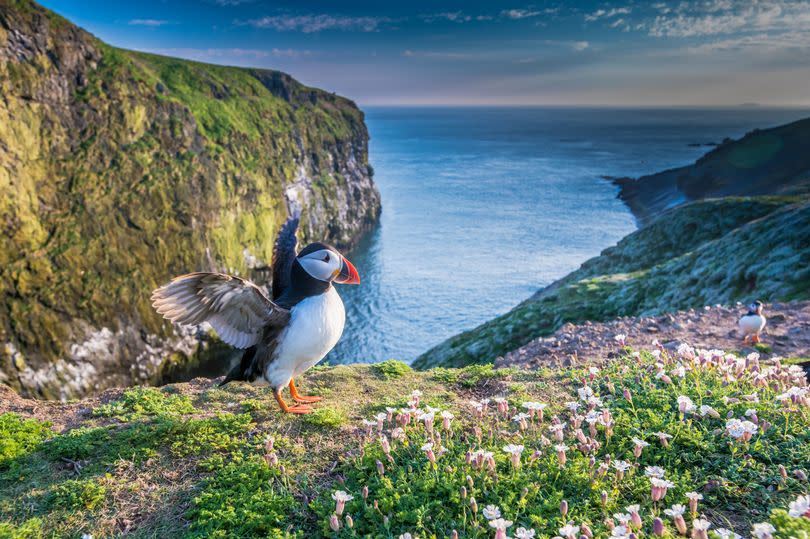
Even before Sir David Attenborough's infamous visit to the island off the coast of Pembrokeshire, it had always been a dream of mine to see the puffins of Skomer. Seeing the legendary natural historian lying on the ground surrounded by the plucky, colourful birds for the BBC's Wild Isles series meant a trip moved even further up my bucket list.
The way the birds populate the island for only three months but keep coming back every year fascinates me, and with their brightly coloured parrot-like bills and orange webbed feet it is a sight I have been desperate to see for years.
So, with a day off mid-week and the weather looking 'not too bad' compared to how it has been for months, I booked a boat trip around the island in the hope of being able to spot at least one of the birds. I even naively messaged a friend before getting on the boat to say that knowing my luck, I probably wouldn't see any of the birds.
READ MORE: The straight out of a fairytale Welsh garden paradise
READ MORE: Katherine Ryan says Welsh trip was 'one of the best holidays I've ever had'
How wrong could I have been? Just moments after leaving the pebbly beach at Martin's Haven we were surrounded by thousands of the immediately recognisable birds with their colourful beaks that are often referred to as sea parrots. You are only 15 minutes from the mainland, but immediately it makes you feel like you are a million miles away.
Amazingly, their beaks are only brightly coloured in breeding season for use in display, after this they are moulted leaving their winter bill which is relatively small, and blackish in colour.
The sky was blue-ish, the sea deep green and the most calm, the skipper of the boat said, it had been for months, perfect for bird spotting as flocks of puffins whizzed alongside us and bobbed up and down in the water..
A record 42,513 puffins were recorded in 2023 last year, and they believe similar amounts have returned again this year. They are Atlantic Puffins and the islands of Skomer and Skokholm form the largest colony in southern Britain.
At this time of year, the puffins tend to fish during the day as they recover from their winters far out at sea before returning to the burrows that can be seen dotted along the island as the afternoon wears on.
The crew on board the ship tell us how the puffins live most of their lives at sea, resting on the waves when not swimming. They use their short wings to stroke underwater and steer with their rudder-like webbed feet. They are capable diving to depths of 200 feet, though they usually stay underwater for only 20 or 30 seconds as they hunt small fish like sprat and sand eels.
A couple of the birds looked like they had been taken by surprise when they bobbed up to find out boat beside them. Their short wings can also make flying more difficult, and it was comical to see some failed attempts at trying to take off from the sea.
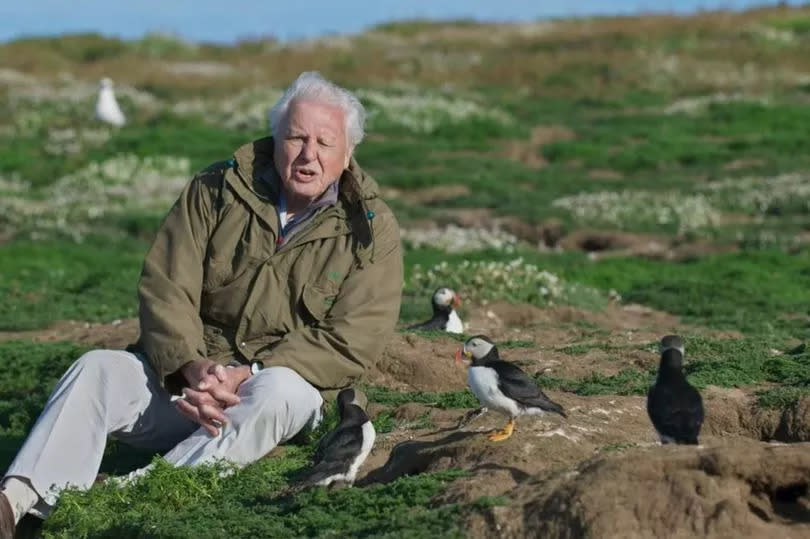
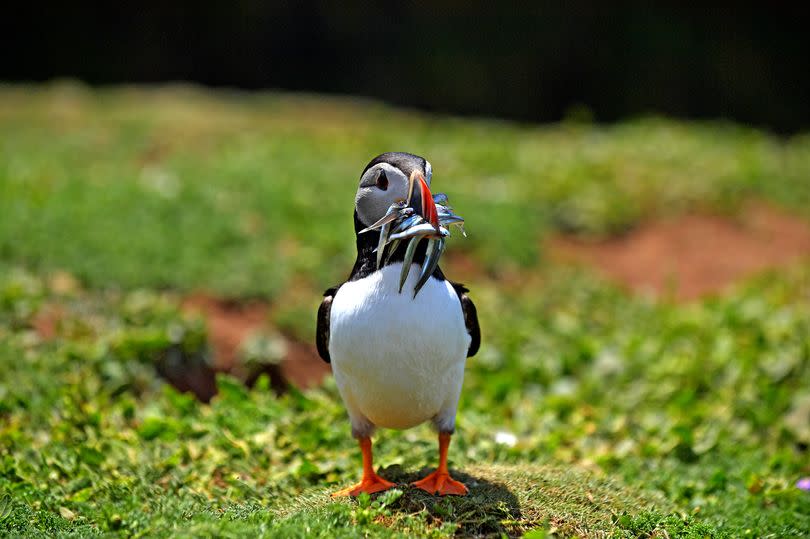
Puffins return to their preferred nesting sites in April each year, and remain until around mid-August. It can often be that they just disappear off in the middle of the night as they make their way north for the winter.
But when they are on Skomer, they nest underground in burrows, which they will either dig themselves or battle with each other and the Manx shearwater for an existing one. The nests tend to be close to the cliff tip so the adult birds can come in and out quickly as they try to avoid other predatory birds.
The boat crew say it is very rare that they see any of the baby puffins as they say in the burrows. They can count on one hand the number they have spotted in the past three or four years and when they leave the island it tends to be under cover of night.
The chicks remain in the burrow for around six weeks and are fed between five and eight times a day, with their parents sharing that duty. They leave in darkness to avoid predatory gulls and will be way out to sea by day-break. From this time on they are left to fend for themselves, remaining at sea for the next two years before returning to look for a mate and a burrow. There is a long life expectancy of around 25 years, although it is reported that the oldest on on Skomer is 38.
The island is looked after by the Wildlife Trust of South and West Wales and teams from there have attached trackers on some of the adult puffins and found some go to waters off Greenland or Iceland for the winter and some head in the opposite direction to Southern Bay of Biscay and the Western Mediterranean.
The island has more than 300,000 pairs of Manx shearwaters, which could be the largest colony of this species in the world. Feeding out at sea by day, they return to their burrows at night, heralded by their unmistakable eerie cries which once gave Skomer a reputation as the “island of lost souls”.
In spring and early summer the island is also carpeted blue, pink and white by one of the best wildflower displays in Britain, with local experts saying this year the colours are even more vibrant because of all the rain we had.
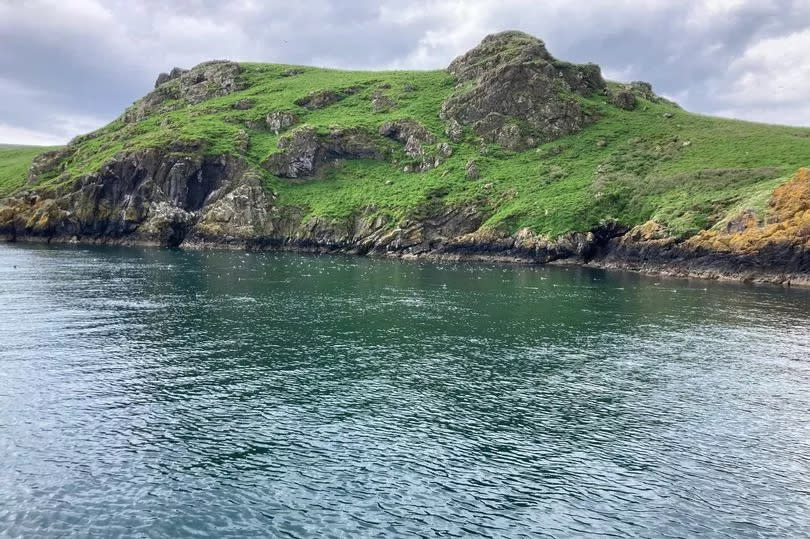
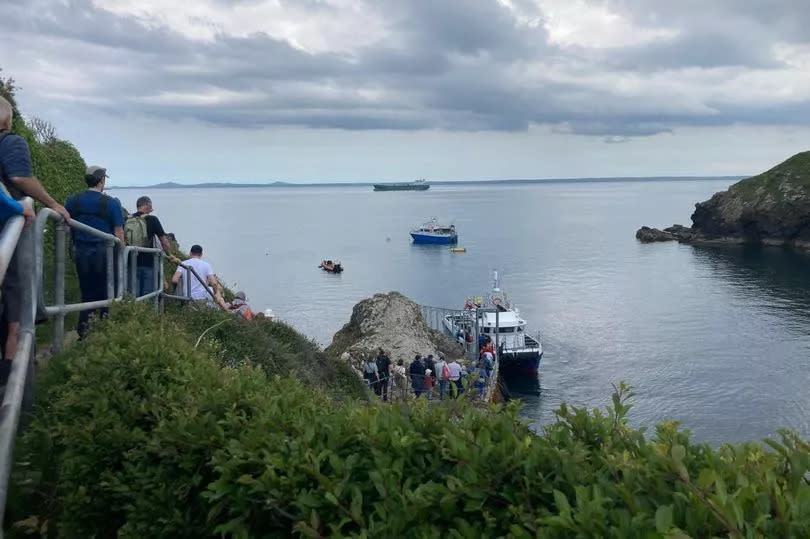
You can also land on the island and spend five hours between being dropped off and collected, but when we looked that was booked up for several weeks and the one-hour cruise around the island was enjoyable and we got all the wildlife we wanted to see including seals lying lazily in the sun.
Our trip was £20 per person for the hour-long cruise that was informative and interesting, to land on the island would cost from £24 per person. There is a car park at the site run by the National Trust. It is free for members or it is £7 for the day.
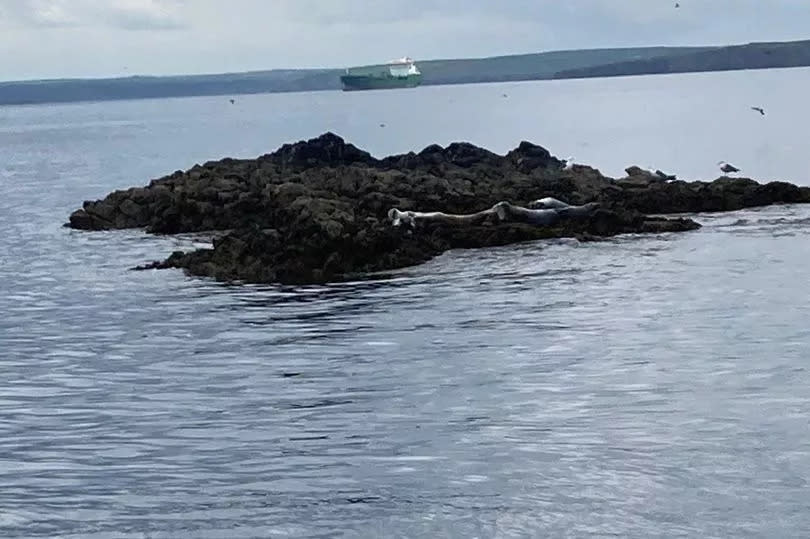
I would definitely return to spend time on the actual island and was very happy to hear that one of the reasons why the bird population flourishes on the island is because there are no predatory mammals such as foxes or rats, hence the abundance of ground-nesting birds. It was explained to us that the currents between the mainland and the island mean it would be virtually impossible for a rat or a fox to swim across.
The only thing I regret, was not having a good camera to take pictures that would really capture the day. This was the best picture I got of an actual puffin despite being surrounded by thousands. They either dived away just as the picture was being taken or they went past too quickly.
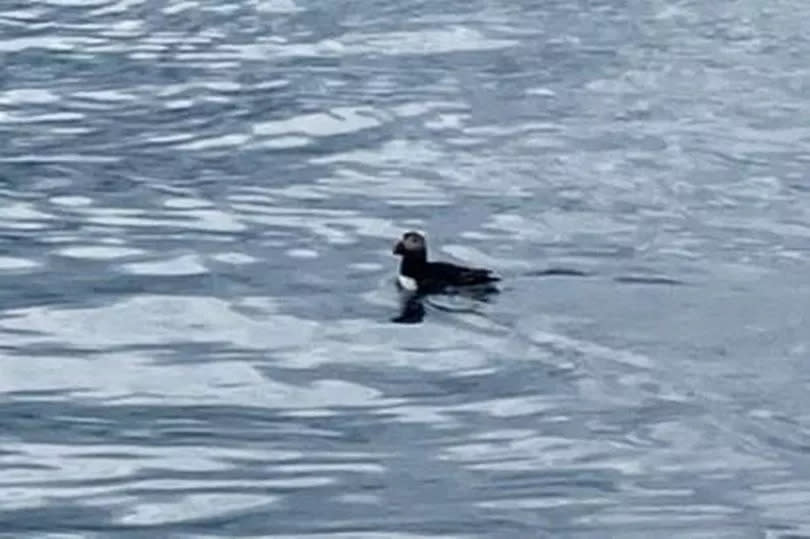
It was the perfect day out, we just missed a thunderstorm that rolled in out of nowhere and I got to put a big tick in my list of things I want to do.
* Puffins can be seen on Skomer from April until August, with the biggest numbers present from June to mid-July. Find out more about the trips here.

 Yahoo News
Yahoo News 
